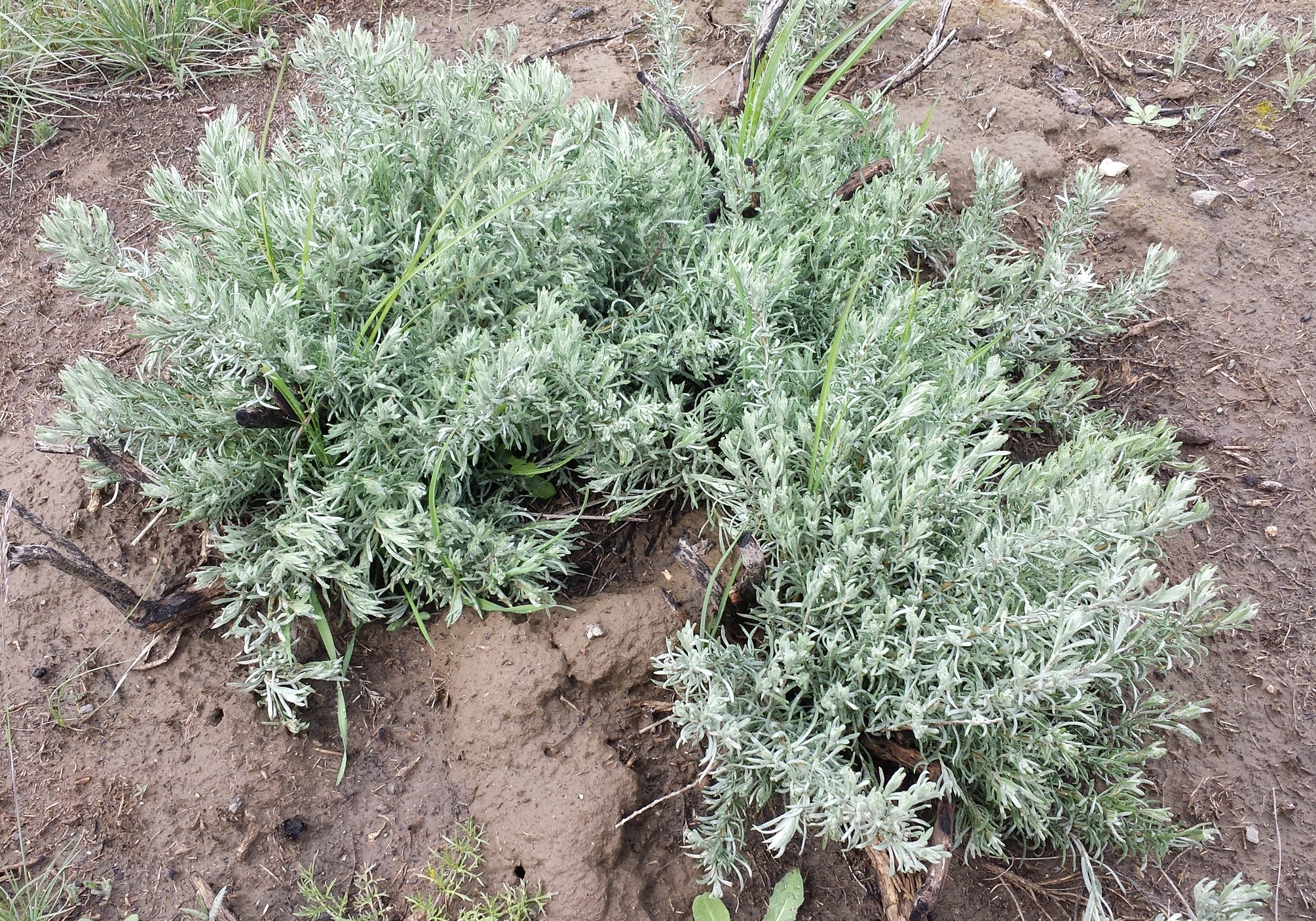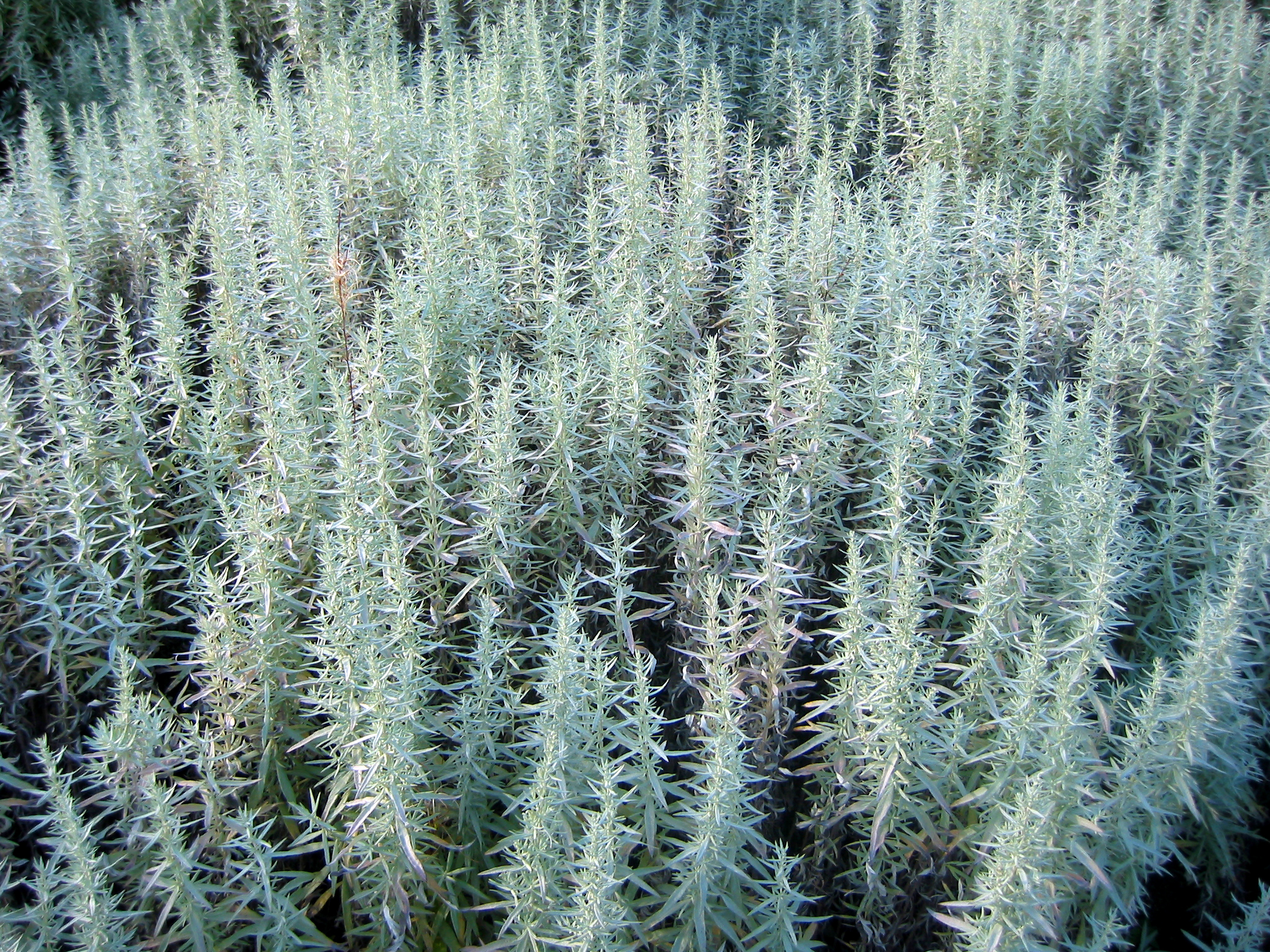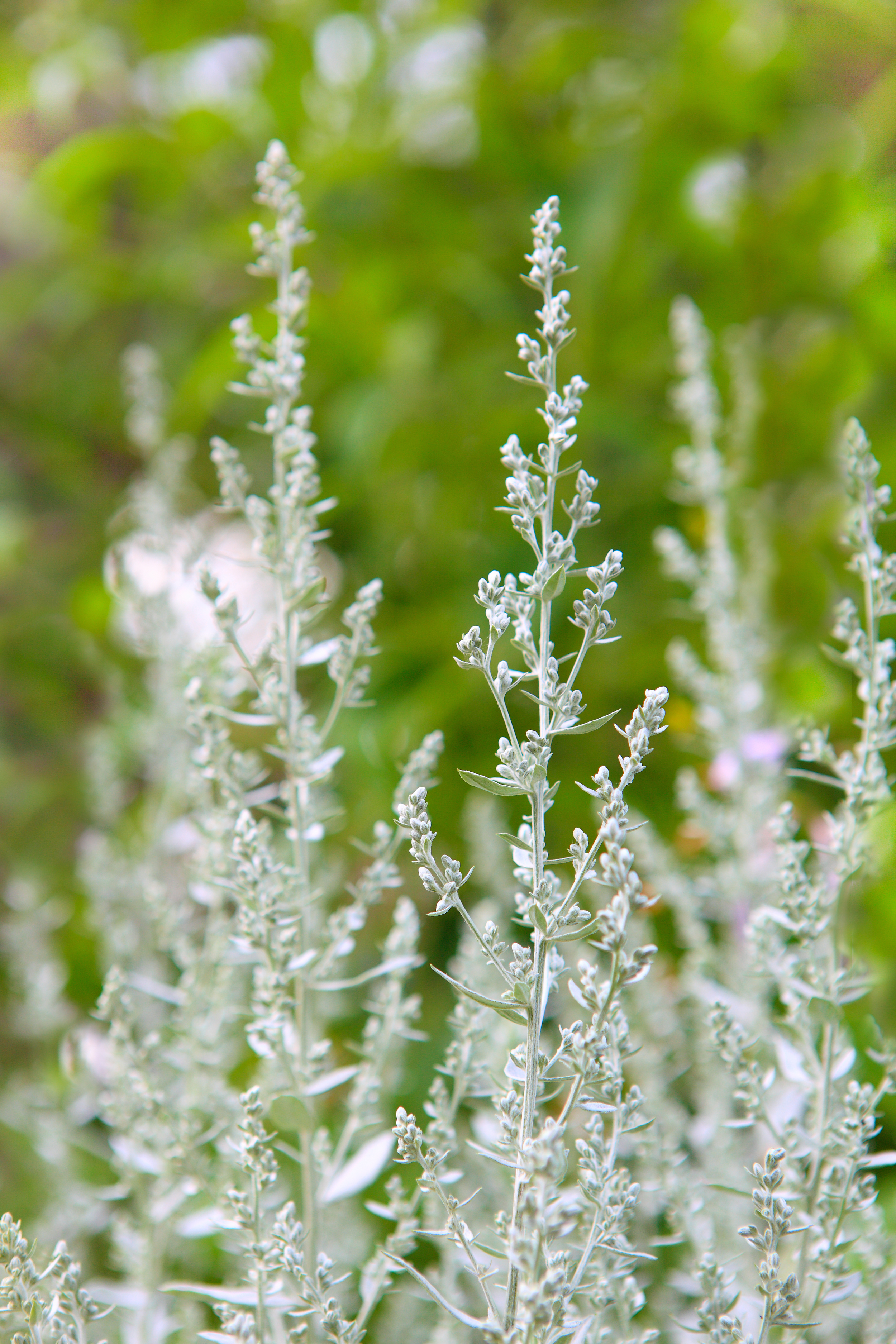Artemisia ludoviciana (White sagebrush)
Also known as Prairie sagebrush. Herbaceous forb or subshrub from 1-3 ft. tall with silver-woolly leaves and stems; flowering May to October. Adapted to a wide variety of rocky to silty soil textures; up to 12,000 ft. elevation. Occasionally dominant after wildfire, though generally more abundant on sites with infrequent disturbance. Often found in pure stands connected by underground rhizomes. Tolerant of some periodic flooding. Use for riparian sites in woodland, mountain brush, sagebrush and desert shrub communities, as well as more mesic sites in shortgrass and tallgrass prairies. Important summer forage for pronghorn and winter forage for elk. Used by sage-grouse for summer food and cover. Host plant for the cudweed grasshopper.
DISTRIBUTION / ADAPTATION
INFORMATION & ATTRIBUTES
Family: Asteraceae
Duration: Perennial
Growth Habit: Forb/herb/subshrub
Native Status: Native
Growth Form: Rhizomatous
Mature Height: 3 ft.
Bloom Color: White
Fruit/Seed Color: White
Bloom Period: Early Spring
Annual Precipitation: 10-60 in.
Drought Tolerance: High
Shade Tolerance: Intolerant
Elevation: 2,500-9,000 ft.
Wetland Indicator Status: FACU
Fire Resistance: No
Fire Tolerance: Medium
Nitrogen Fixation: None
SOIL ADAPTATION
Coarse Texture: Yes
Medium Texture: Yes
Fine Texture: No
Salinity Tolerance: High
CaCO3 Tolerance: High
pH Range: 6.0-9.0
SEEDING NOTES
Seeds per Pound: 4,048,000
Seeding Rate: PLS lbs/acre
Season: Fall/Winter
Days to Germination:
VARIETIES & LOCAL ACCESSIONS
None





